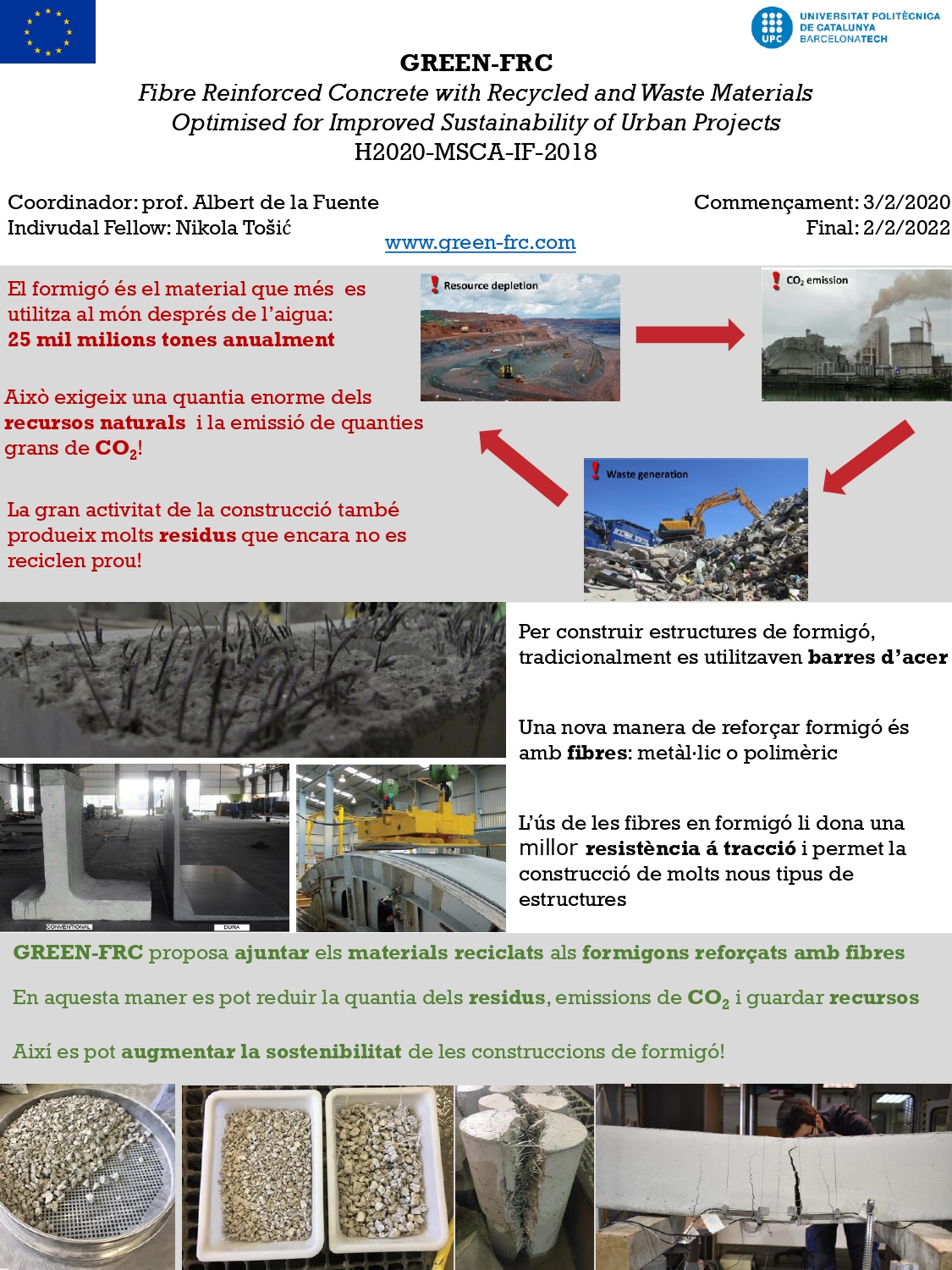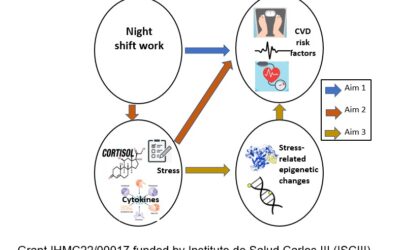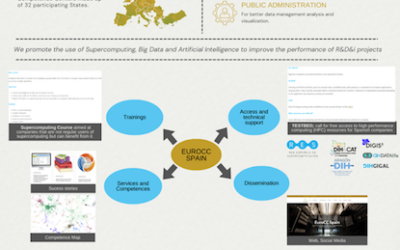Nom i cognoms / Name and surname
Nikola Tošić
Afiliació / Affiliation
Universitat Politècnica de Catalunya
Programa de finançament europeu en que s’enmarca aquest projecte? / European funding programme in which this project is being carried out?
Marie Skłodowska-Curie Schemes
Títol del projecte / Project title
GREEN-FRC: Fibre Reinforced Concrete with Recycled and Waste Materials Optimised for Improved Sustainability of Urban Projects
Número del projecte / Project number
836270
Breu explicació del projecte / Brief explanation of your project
Manufacturing materials for reinforced concrete (cement, aggregates, steel) contributes to rising greenhouse gas emissions. Although advancements have been made in producing more eco-friendly forms of concrete, they are not widely used due to a lack of quality standards and design guidelines. The EU-funded GREEN-FRC project will develop optimised construction materials that combine fibre-reinforced concrete (FRC) and green concrete produced with recycled materials and industrial byproducts. The performance of green FRC will be validated by testing its properties when using various recycled additives. The project will also establish methods for material testing, criteria for better quality standards and design specifications of green FRC. Project results are expected to lead to increased manufacture and use of sustainable concrete in urban infrastructure.
Enllaç a la pàgina web del projecte / Link to your project website
https://green-frc.com/
Repte en que s’emmarca aquest projecte / Challenge within the framework of this project
5. Climate action, environment, resource efficiency and raw materials
